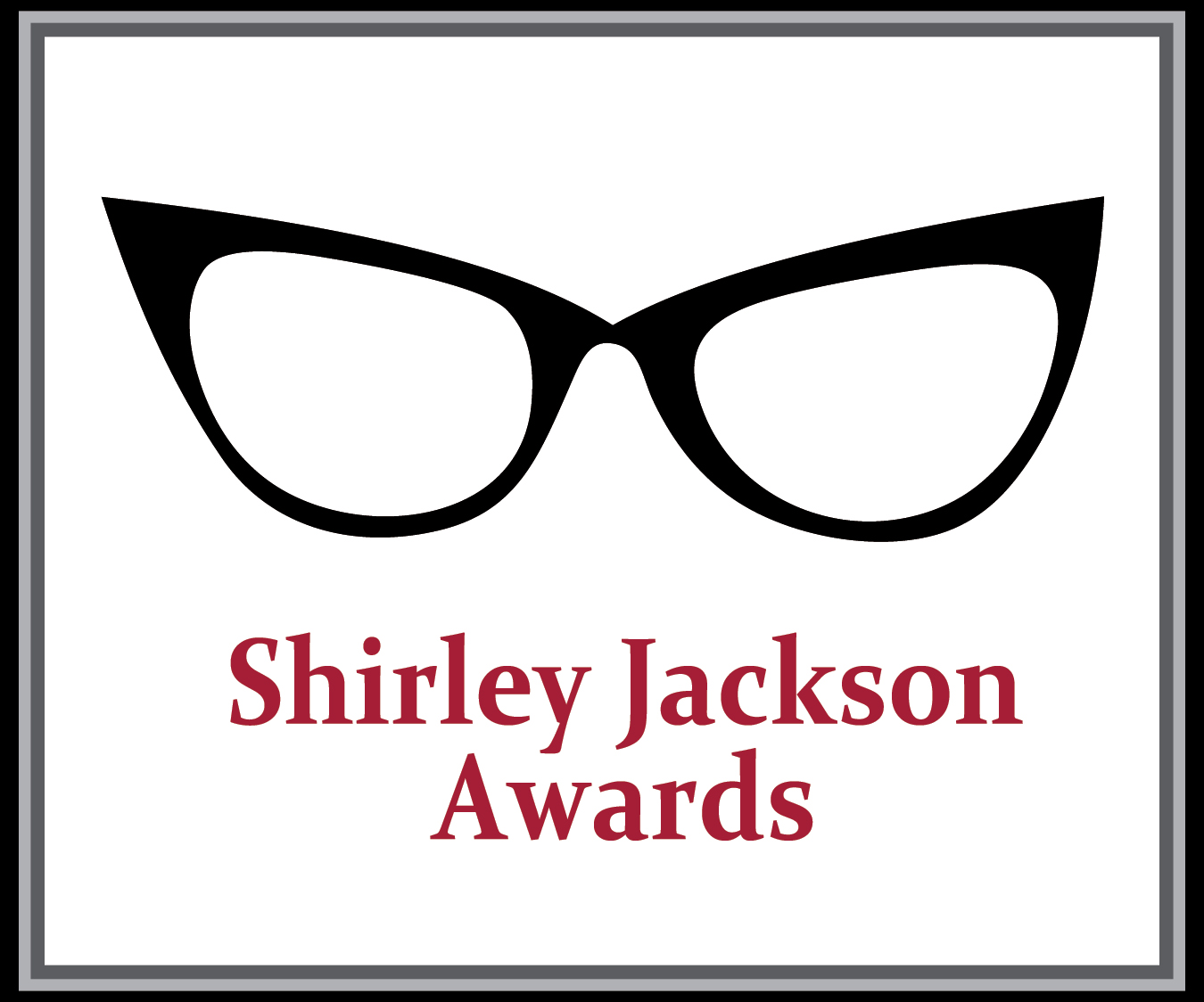Deborah Biancotti is the author of the Shirley Jackson Awards nominated novella “And the Dead Shall Outnumber the Living.”
Hi Deborah! Thanks for agreeing to do the interview. The three novellas in Ishtar are different and unique. What kind of planning/communication did you do when planning to write “And the Dead Shall Outnumber the Living”? Why choose the contemporary setting?
Mark Deniz was the genius behind the settings. It was his idea to do 3 stories: one historic, one contemporary & one futuristic. I was ecstatic to get the contemporary story because I’d realised by then that I had a very particular love for that setting, as opposed to fantastic or wholly imagined worlds. We brainstormed & planned at the beginning of the process and then Kaaron Warren – whose research into the Ishtar mythology was excellent, and far better than mine – was kind enough to share an early draft of her story with some of her research intact. From there we all settled in to write our own stories. As I started writing I realised the thrill of present tense story-telling, with its immediacy & energy and that special way it has of implying nothing-at-all about the future. As if the future maybe doesn’t exist, maybe nothing exists beyond this point. It was a blast, one of the most enjoyable projects I’ve ever worked on.
What is it about the Ishtar myth/concept that fascinated/interested you?
A few things really stood out for me about Ishtar, though there’s a wealth of mythology surrounding her. Firstly, that she was the goddess of both love and war – a complex dichotomy that should be disabling, surely, but somehow she’s managed to make it work. That she descended into hell and was hung on hooks for centuries, only to return to the world to find someone to take her place (she sends an ex-lover, which perfectly suits her whole love-and-war approach). And the way she was re-interpreted by several cultures and had several names but is still recognisable as the same deity – or at least, as a goddess fulfilling the same role: Ishtar, Inanna, Isis, Astarte – even Aphrodite and Venus have been linked to Ishtar & might be her, in other clothes.
What’s the appeal of the novella format for you?
I’m working on a couple other novellas this year and I have to say I love the format because I can play with my characters’ backgrounds and journeys more than I can with short stories. But at the same time novellas require a certain energy level, a certain consistency that is sometimes missing from novels (especially those novels that we, as readers, describe as ‘sagging in the middle). Novellas don’t allow for extraneous detail. Novellas stick to their stories, they can’t sag or fall apart – there isn’t room for it. As a reader and not just a writer, it seems to me to be a new era of novellas, particularly since eReading is so popular. No more worrying about the economies-of-scale that printing requires, where a book has to contain a certain number of pages to be cost-effective. Now we can write at any length! Even though novella-writing has a long history, it feels cutting-edge again.
